All about transplanting gooseberries to a new place in the fall
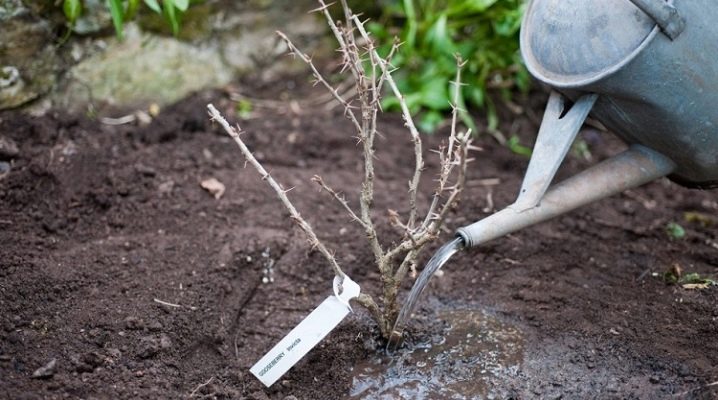
A fruit shrub like gooseberry has been known to gardeners for a long time, because it is akin in time to the cultivation of grapes. The plant does not require special care skills; even a novice summer resident can handle it.
The main secrets of its successful development are the right place, timely feeding, watering and, of course, correct planting. Then you can annually get a bountiful harvest of tasty and healthy fruits rich in various microelements and substances. Berries contain a lot of iron, ascorbic acid and vitamin C.


The need for a procedure
Many summer residents believe that after planting, the culture will be in the same place for many years. It's a delusion. Transplanting gooseberries to a new place in the fall can be done for a number of reasons:
- the wrong place for the plant was chosen, because of which it often gets sick (insufficient lighting, high humidity);
- neighboring trees and shrubs have grown strongly and shade the gooseberry, do not allow it to develop and bear fruit normally;
- an adult bush requires rejuvenation;
- excessive depletion of the soil due to long-term growth of a bush in one place;
- landscape "rearrangement" on the personal plot (the culture looks spectacular in both single and group plantings).
The most common mistake of summer residents, which becomes one of the main reasons for transplanting, is the lack of autumn pruning. The bush grows very strongly, creating an insurmountable barrier of thorns.
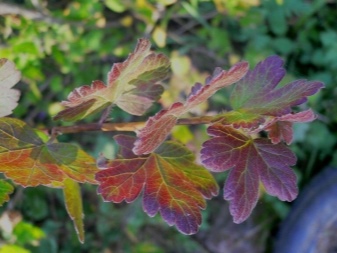
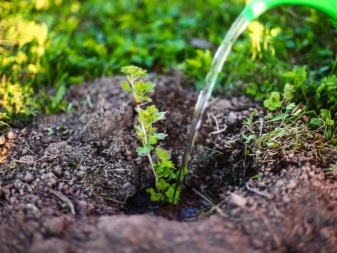
Timing
Gooseberry is a stress-resistant culture, so it tolerates a transplant calmly. But to facilitate survival, the plant is best planted in the fall months. Before the onset of frost, it will have time to take root and build up a root mass.
The best time for the procedure is September. When carrying out planting work, the climatic conditions of the region should be taken into account. In areas with a harsh climate, transplanting is carried out in August, in the south, this can be done in November. In the Moscow region, you can transplant in October.

Seat selection
The choice of a landing site should be approached competently. Gooseberry feels comfortable in a well-lit and open area with a small hill. However, it must be protected from cold winds and drafts. Also, the variety tolerates a little partial shade, especially if the weather is hot during the day. Direct sunlight can burn the leaves. The plant does not tolerate excess moisture in the soil. Excessive dampness leads to the development of fungal diseases and root rot. This is due to the structural features of the root system, which develops in length.
Gooseberry prefers to grow on acid-alkaline soils of medium density (loam), the pH of which is close to neutral (6.5-7). The acidity level of the soil must be checked using a litmus test. The best crop precursors are potatoes, beets, carrots, garlic, onions, beans and peas. After currants, strawberries and raspberries, planting a plant is categorically not recommended, since the land after them is extremely depleted, it practically does not have the necessary trace elements and nutrients for successful development. In addition, these crops have similar diseases.
The site is pre-prepared. It is dug up, weeds and rhizomes of grasses are removed, while adding compost, humus, mineral fertilizers.
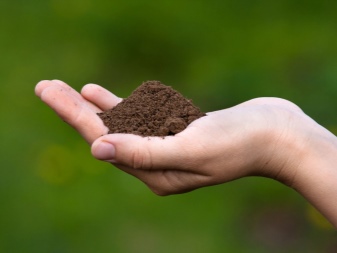
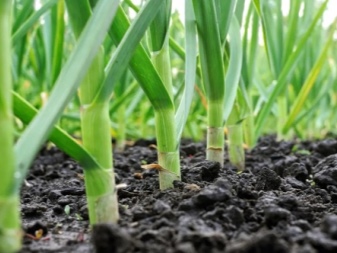
How to transplant correctly?
To transplant a bush to another place, it is not enough just to dig it up. Another gooseberry must be prepared in advance. To begin with, old, dried and weak branches damaged by the disease are removed from the plant. Only strong and strong shoots are left in an amount of no more than 10 pieces, shortening them by a third. A planting pit is prepared in 2-3 weeks. This is done so that the earth settles a little and compacted. The depth of the hole should be about half a meter, the width depends on the root system. The pit consists of several layers. The first is drainage. Crushed stone, broken brick, gravel are placed on the bottom. Drainage is required, especially if the area is heavily wetted during rains or melting snows. The second layer is a nutritious soil mixture consisting of compost or humus, peat, wood ash, superphosphates and potassium sulfate. This will allow the first few years not to make additional fertilizing for the good development and fruiting of the variety. The nutrient substrate is thoroughly mixed and watered abundantly with water.
After the preparatory work carried out, they begin to plant the gooseberries in a new place.... To do this, the bush is dug around the perimeter from all sides, stepping back from the base 35 cm.Outside the circle, there are long and thick roots, which are neatly chopped off. Further, the culture is carefully loosened and removed, while trying to preserve the earthen lump. For better transportation to a new place, it is preferable to use burlap or polyethylene so that the soil does not crumble. Gooseberries are placed in the center of the pit. The root collar should be 5-7 cm below ground level. The roots are neatly and evenly straightened, layer by layer filling them with the remaining soil mixture. Each layer is well rammed so that no voids remain in the soil. The final stage is abundant watering. After shrinkage, the soil is poured, mulch is laid from sawdust or dry leaves. Once every few days after planting, the bush is watered abundantly so that it gains water for successful rooting.
The transshipment method is most often used for young seedlings. If the bush is large, during transplantation it can be divided for reproduction. Old plants work well for this. In this case, the roots are completely freed from the earth and divided into several parts. Each seedling must have a main root and adventitious roots. If the gooseberry needs to be renewed due to illness, an earthen ball is also removed from the roots. The root system is carefully examined. Dried roots with signs of disease are removed. The landing pattern can be chosen different: checkerboard, linear, multi-row, single. The distance between seedlings is from half a meter to a meter.
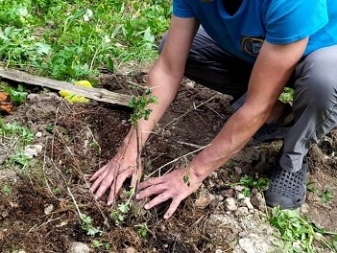
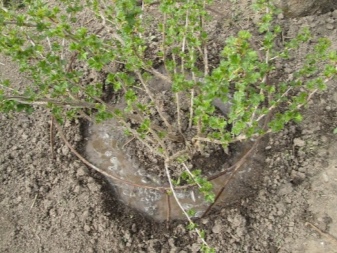
Follow-up care
Despite the fact that the gooseberry has a high survival rate, proper post-plant care is very important for it, which consists in regular and abundant irrigation, as well as in the shelter of the plant for the winter. Perfect fit here hay, straw, sawdust, peat... Watering is done with warm water. Mulching performs not only moisture-retaining functions, but also protective ones. The layer of mulch should be 10-15 cm. Mulch not only reduces the amount of moisture evaporation from the ground, but also prevents weeds from growing due to less light penetration. Weeds are a huge competitor to gooseberries, especially dandelions and wheatgrass, which take most of the food from the ground.
The variety responds positively to loosening the soil around the bush, which allows the soil to be enriched with useful oxygen. To prevent the development of fungal infections on the shoots, it is advisable to treat the bush with special preparations.
If during planting some of the shoots were broken, then they must be removed. They still will not take root, but they will draw out the necessary nutrients from whole branches.

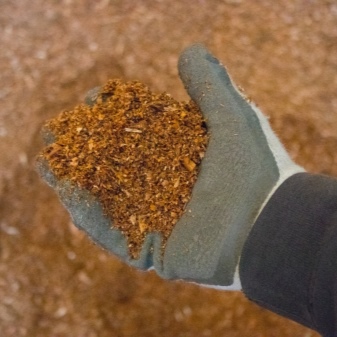






The comment was sent successfully.